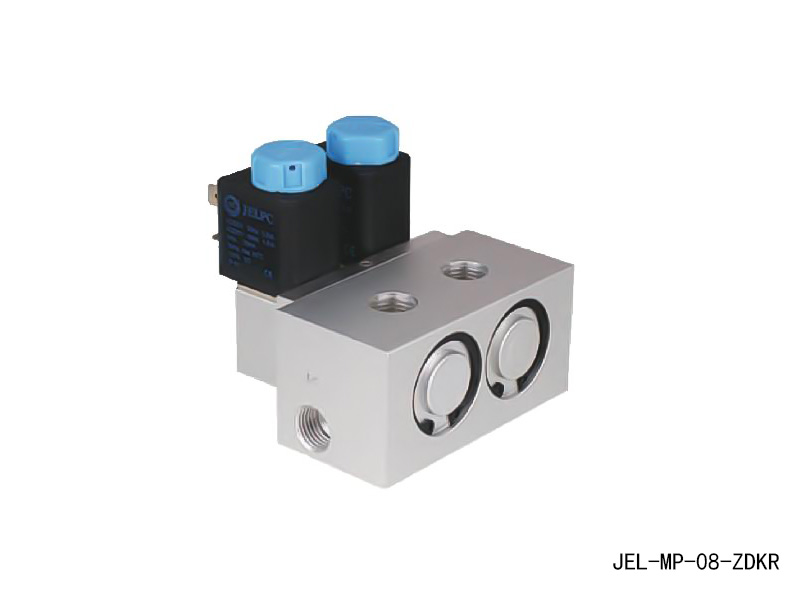1. The high-pressure solenoid valve is divided into three categories in principle:
1) Direct-acting solenoid valve:
Principle: When energized, the solenoid generates electromagnetic force to lift the closing member from the valve seat, and the valve opens; when the power is off, the electromagnetic force disappears, and the spring presses the closing member on the valve seat, and the valve closes.
Features: It can work normally under vacuum, negative pressure and zero pressure, but the diameter generally does not exceed 25mm.
2) Distributed direct-acting solenoid valve:
Principle: It is a combination of direct action and pilot type. When there is no pressure difference between the inlet and the outlet, the electromagnetic force directly lifts the pilot small valve and the main valve closing member in turn, and the valve opens. When the inlet and outlet reach the starting pressure difference, after power on, the electromagnetic force pilots the small valve, the pressure in the lower chamber of the main valve rises, and the pressure in the upper chamber drops, and then the pressure difference is used to push the main valve upward; when the power is off, the pilot valve uses a spring The force or medium pressure pushes the closing piece and moves downward to close the valve.
Features: It can also be operated under zero pressure difference or vacuum and high pressure, but the power is large, and the necessary level equipment is required.
3) Pilot solenoid valve:
Principle: When energized, electromagnetic force opens the pilot hole, the pressure of the upper chamber decreases sensitively, and a high pressure difference is formed around the closing member. The fluid pressure pushes the closing member to move upward, and the valve opens; when the power is off, the spring force The pilot hole is closed, and the inlet pressure passes through the sensitive chamber of the bypass hole to form a lower and upper pressure difference around the valve closing member, and the fluid pressure pushes the closing member to move downward to close the valve.
Features: The upper limit of the fluid pressure scale is high, and any equipment (customization required) is available, but it is necessary to meet the fluid pressure difference condition.
2. The high-pressure solenoid valve is divided into six sub-categories from the difference in valve structure and materials and the difference in principle:
Direct-acting diaphragm structure, step-by-step structure, pilot diaphragm structure, direct-acting piston structure, step-direction-acting piston structure, pilot piston structure.
